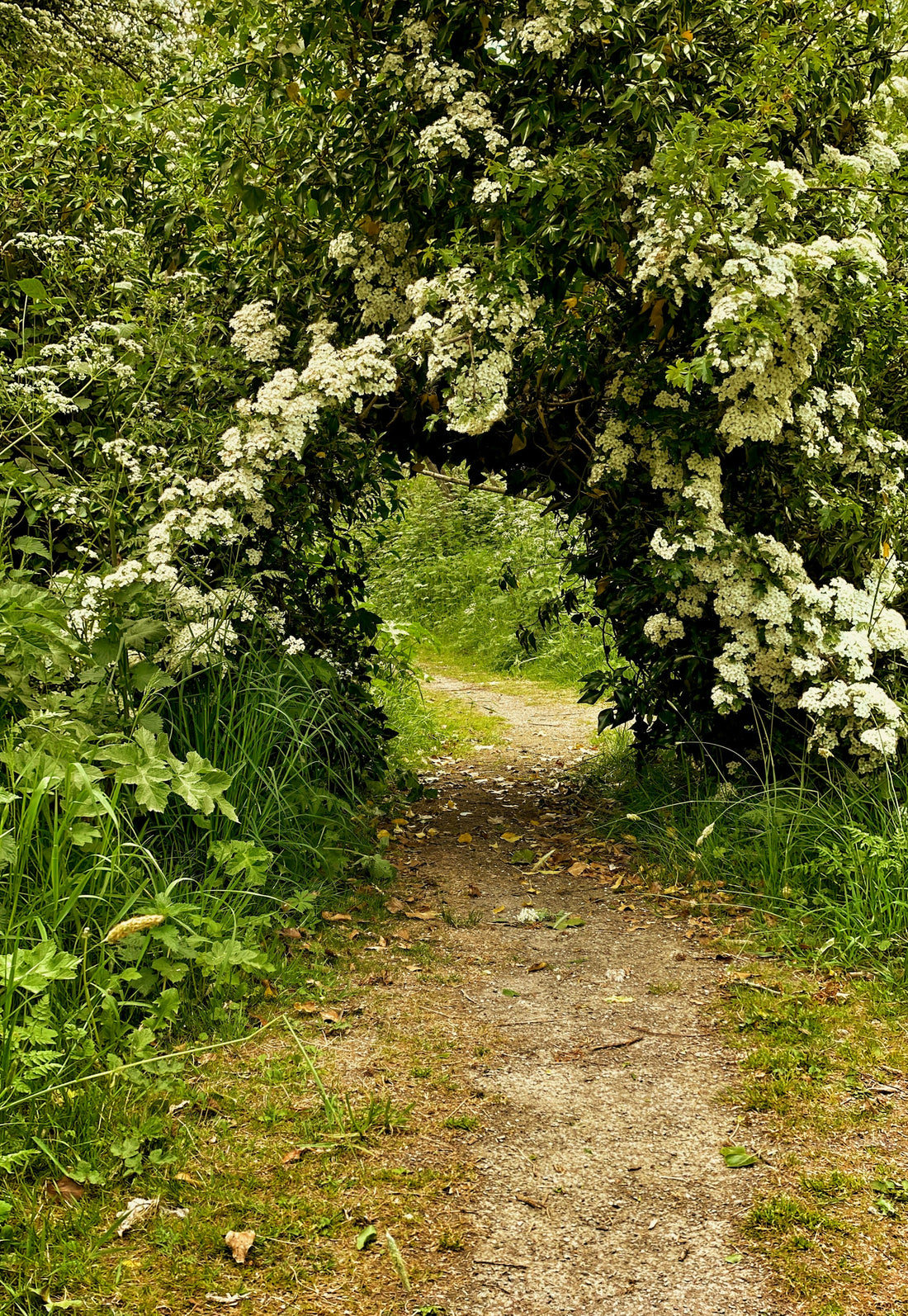In a world dominated by concrete jungles, there is a growing movement to bring back the wild and reconnect with the beauty of nature. Naturalistic gardening, a plant-driven approach to landscape design, offers a way to create stunning and biodiverse landscapes that harmonize with the environment. In this article, we will explore the principles and benefits of naturalistic gardening and discover how you can bring the magic of the wild into your own urban oasis.
At the core of naturalistic gardening is the idea of partnering with nature rather than imposing control over it. It's about setting aside our desire for manicured perfection and embracing the beauty of plants in their natural form. Naturalistic gardens seek to mimic the diversity and resilience of wild landscapes, creating spaces that are not only visually appealing but also ecologically functional. By minimizing the use of pesticides, herbicides, and fertilizers, naturalistic gardens promote self-sustainability and provide habitats for local wildlife.
Scaling Up or Down: Naturalistic Gardening for Every Space
One of the great advantages of naturalistic gardening is its versatility. Whether you have a sprawling front yard or a tiny window box, you can adapt the principles of naturalistic design to suit your space. In larger gardens, you can create sweeping meadows of perennials and grasses, while in smaller gardens, you can focus on creating micro-habitats that support local biodiversity. Understanding the unique conditions of your site, such as light, soil, and moisture, will help you make informed decisions when selecting plants and designing your naturalistic garden.
The New Perennial Movement
The rise of the New Perennial movement has brought naturalistic gardening to the forefront of modern planting design. Originating in the Netherlands, this movement challenges traditional notions of garden aesthetics and encourages us to see plants in a new light. Rather than focusing solely on flowers, the New Perennial approach celebrates the interplay of textures, foliage, and the evolving beauty of plants throughout the seasons. By viewing plantings as living art forms, designed to change and evolve over time, we can create gardens that are dynamic and engaging.
Plant Selection
Central to the aesthetic of naturalistic gardens is the careful selection of plants that balance both ecological and design considerations. While flower color is important, the emphasis is on structure and form, as they can persist throughout the growing season.
Naturalistic gardens favor perennials that closely resemble their wild counterparts, with a more proportionate leaf-to-flower ratio. Selecting robust, long-lived plants that can thrive in various garden conditions is key. Additionally, plants that provide food and habitat for wildlife should be prioritized, ensuring that your garden becomes a haven for birds, butterflies, and other beneficial insects.
Designing in Layers
The naturalistic garden comes to life through the principle of layering, which mimics the structure of natural habitats. By grouping plants together based on their common habitat, such as woodland, prairie, wetland, or steppe, you can create a dynamic and resilient plant community.
In a typical garden, there are several layers to consider: the structural layer, which includes trees, shrubs, and taller perennials; the companion plant layer, featuring mid-size theme plants; the groundcover layer, acting as a living mulch; the vertical layer, with vines and climbers; and the filler layer, adding spontaneity and seasonal interest. By carefully selecting plants and arranging them in these layers, you can create a cohesive and thriving garden ecosystem.
The Art of Plant Combinations
In naturalistic gardening, the goal is to create plantings that flow seamlessly and appear spontaneous. Rather than planting in rigid blocks, perennials and grasses are intermingled in single and small groups, creating a sense of movement and harmony. By thinking of the herbaceous kingdom as a collection of spires, globes, daisies, buttons, spikes, plumes, and umbels, you can play with a variety of shapes and effects within your planting area. The key is to think abstractly and aim for a diverse range of shapes, sizes, and textures. This approach encourages a sense of connection and continuity among the different elements of your garden.
Nurturing Wildlife
One of the greatest benefits of naturalistic gardening is its ability to support local wildlife. By creating diverse plant communities, you provide food and habitat for a wide range of creatures, from pollinators to songbirds.
Native plants, in particular, play a crucial role in supporting indigenous wildlife, as they have co-evolved with local ecosystems. Consider incorporating native plant species into your naturalistic garden to attract and support a diverse array of wildlife. By nurturing wildlife, you become an active participant in biodiversity conservation, even in an urban environment.
Maintaining a Naturalistic Garden
Unlike traditional gardens that require constant maintenance, naturalistic gardens thrive on minimal intervention. By allowing plants to set seed and form seed heads, you provide food for birds and create visual interest during the winter months. Rather than cutting back all plant material in the fall, leaving dried stems and foliage can add structure and beauty to your garden. Adopting a more hands-off approach not only saves time and effort but also promotes the natural rhythms and cycles of your garden.



